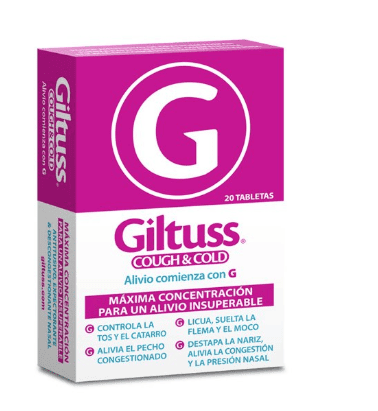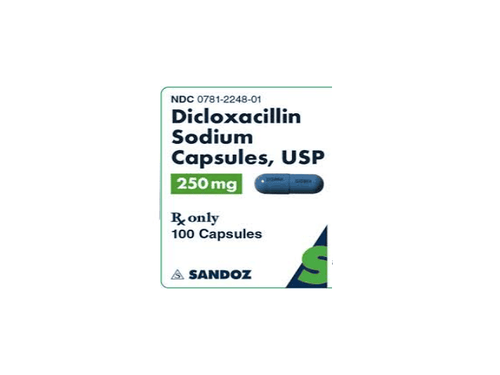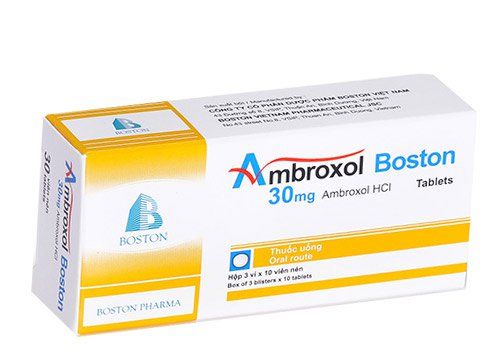This is an automatically translated article.
The article is professionally consulted by Master, Resident Doctor Dang Thi Ngoan - Pediatrician - Neonatologist - Department of Pediatrics - Neonatology - Vinmec Ha Long International Hospital.
1. What is bronchospasm in children?
Bronchospasm in children is a temporary narrowing of the bronchial lumen due to spasm of inflamed bronchial smooth muscles, in addition to increased mucus secretion, which obstructs air circulation in the lungs, resulting in cough, sputum, shortness of breath, wheezing, wheezing.
The cause of bronchospasm in children is usually RSV respiratory syncytial virus, then often accompanied by bacterial superinfection. Common bacteria are pneumococcus, staphylococcus, streptococcus, H. influenza, ... often parasitize in the nasopharynx, so when the child's resistance is reduced, they become more active and increase their toxicity, causing toxicity. out sick.
The immune system is not fully developed, making children more susceptible to bronchitis, especially at the time of season change. Besides, there is also atopic allergy, which is triggered when exposed to allergic agents such as dust, animal dander, smoke, pollen or food, drugs.
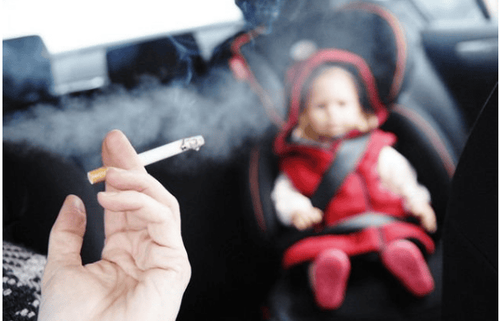
2. Symptoms of spasmodic bronchitis in children
In fact, the symptoms of bronchospasm are quite similar to asthma, so it is easy to confuse them, leading to the wrong treatment, symptoms include:
Upper respiratory tract inflammation syndrome: present with low-grade fever, runny nose, cough, sneezing May then have a high fever, difficulty breathing, wheezing, wheezing or rapid, shallow breathing There is chest tightness, neck muscle contractions Child nausea or vomiting after feeding or after a stimulus such as coughing, crying
2. Symptoms of spasmodic bronchitis in children
In fact, the symptoms of bronchospasm are quite similar to asthma, so it is easy to confuse them, leading to the wrong treatment, symptoms include:
Upper respiratory tract inflammation syndrome: present with low-grade fever, runny nose, cough, sneezing May then have a high fever, difficulty breathing, wheezing, wheezing or rapid, shallow breathing There is chest tightness, neck muscle contractions Child nausea or vomiting after feeding or after a stimulus such as coughing, crying
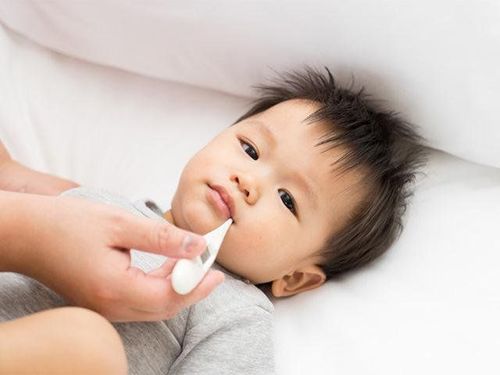
3. How to treat spasmodic bronchitis in children?
Bronchospasm in children if not treated can leave bad complications such as otitis media, pneumonia, respiratory failure, so it is very important to treat it early, with the right regimen and enough dose. Treatment methods include:
Symptomatic treatment: Antipyretics, expectorants, rehydration electrolytes for children if there is a risk of dehydration, bronchodilators if breathing is difficult Treat the cause: For the cause Viral causes currently have no specific treatment, only when there is evidence of infection will appropriate antibiotic therapy be indicated. chest, cyanosis, ... need to be treated with oxygen or mechanical ventilation Supportive treatment: Aerosol breathing helps bronchial dilation and has expectorant effect. In addition, treatment to increase resistance and strengthen immunity is also very important to both prevent disease and support treatment.
4. How to prevent spasmodic bronchitis in children
To prevent bronchospasm in children, it is necessary to take a number of following measures:
Clean the baby's nose and throat regularly (physiological saline, sea salt) Exclusive breastfeeding for the first 6 months of life , if not enough, you can add formula but must be suitable for age. Provide adequate nutrients in 4 food groups for children when they start weaning Clean environment clean, cool, warm in season winter, cool in summer Wash hands with soap before and after taking care of children, after using the toilet Avoid exposing children to polluted environments, dust and especially cigarette smoke

Vinmec International General Hospital examines and treats common ear, nose and throat diseases, head and neck tumors, congenital malformations of the ear, nose and throat area with the most optimal internal and surgical methods for patients, both children and adults. Coming to Vinmec International General Hospital, patients will receive a direct, dedicated and professional examination from a team of qualified and experienced medical staff.
Please dial HOTLINE for more information or register for an appointment HERE. Download MyVinmec app to make appointments faster and to manage your bookings easily.





